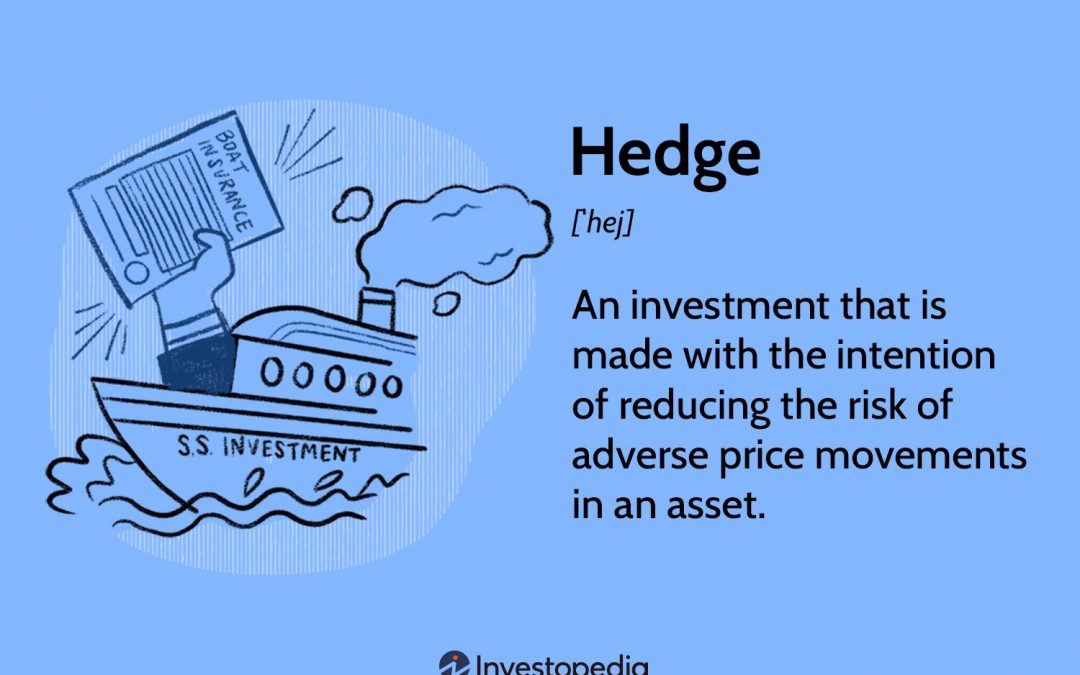-
Options Contracts:
- Put Options: Put options give the holder the right, but not the obligation, to sell an underlying asset at a predetermined price (strike price) within a specified period (expiration date). Investors can purchase put options on individual stocks, stock indices, or other financial instruments to hedge against potential downside risk. If the price of the underlying asset declines, the value of the put option increases, offsetting losses in the investor’s portfolio.
- Call Options: Call options provide the holder with the right to buy an underlying asset at a predetermined price within a specified period. While primarily used for speculative purposes, call options can also be employed as part of a hedging strategy to protect against upside risk or to hedge short positions.
-
Futures Contracts:
- Short Futures Position: Investors can hedge against declining prices of commodities, stock indices, or other assets by selling futures contracts. By taking a short position in futures, investors can profit from price declines in the underlying asset, thereby offsetting losses in their investment portfolio if the asset’s value decreases.
- Long Futures Position: Conversely, investors can hedge against rising prices by purchasing futures contracts, effectively locking in the current price of the underlying asset and mitigating the risk of future price increases.
-
Forward Contracts:
- Similar to futures contracts, forward contracts allow investors to lock in the future price of an asset at a predetermined date. Forward contracts are customized agreements between two parties, typically traded over-the-counter (OTC), and are commonly used to hedge against currency risk, interest rate risk, or commodity price fluctuations.
-
Short Selling:
- Short selling involves borrowing shares of a security from a broker and selling them on the open market with the intention of buying them back at a later time to return to the lender. Investors can use short selling as a hedging strategy to profit from declining prices of specific stocks or to offset gains in other parts of their portfolio.
-
Inverse ETFs and Derivatives:
- Inverse exchange-traded funds (ETFs) and other inverse derivatives are designed to move in the opposite direction of their underlying benchmark or index. By investing in inverse ETFs or derivatives, investors can hedge against downturns in specific sectors, markets, or asset classes without the need for complex options or futures strategies.
-
Diversification:
- Diversification is a fundamental risk management technique that involves spreading investments across different asset classes, sectors, regions, and investment strategies. By diversifying their portfolios, investors can reduce the overall risk exposure and volatility, thereby mitigating the impact of adverse market movements on their investment returns.
-
Non-Correlated Assets:
- Investing in non-correlated assets or uncorrelated strategies can provide additional diversification benefits and hedge against systemic risks in the financial markets. Non-correlated assets, such as gold, real estate, or alternative investments like hedge funds or private equity, may exhibit different return patterns compared to traditional stocks and bonds, making them valuable additions to a diversified investment portfolio.
-
Risk Management Techniques:
- Beyond specific hedging instruments, investors can implement various risk management techniques to protect their investments, such as setting stop-loss orders, establishing position limits, maintaining disciplined portfolio rebalancing, and conducting thorough fundamental and technical analysis to identify potential risks and opportunities in the market.
It’s important for investors to carefully consider their investment objectives, risk tolerance, and market outlook when implementing hedging strategies. While hedging can help mitigate downside risk and preserve capital in adverse market conditions, it also involves costs, complexities, and potential trade-offs that should be evaluated in the context of the investor’s overall portfolio strategy. Additionally, hedging strategies may not always be effective or successful in fully eliminating investment risk, and investors should seek professional advice or conduct thorough research before implementing any hedging techniques.

